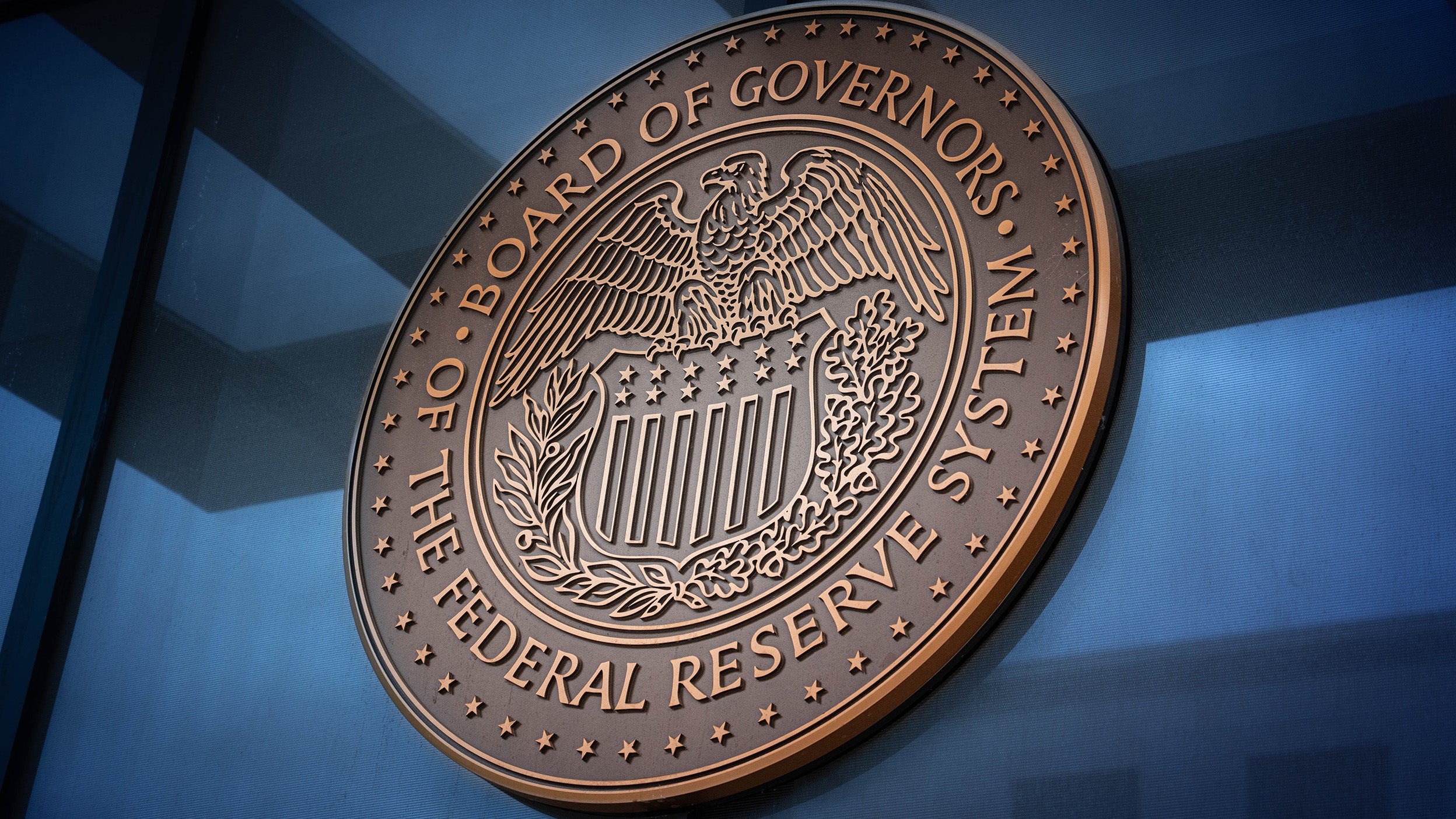
Markets and Economy Navigating Fed monetary policy uncertainty and the markets
A rate cut, which markets are pricing in despite Fed member differences, and an expected improving economy in 2026, could support stocks.

The S&P 500 recently hit a new high, surpassing its previous record set in February 2025.
Comparing the price of an index to the fundamental characteristics of the companies in that index is far more interesting.
Should investors avoid putting money into the markets when it’s at a high? History doesn’t support that view.
The S&P 500 Index hit a new record,1 a milestone that, in most years, might barely register as news. After all, in 2024 alone, the index set 57 record highs, averaging nearly one every four trading days.2 But the new market high is noteworthy. Not because it happened, but because of when it happened. Few investors likely imagined we’d be back at record levels by mid-year, especially after the market endured a sharp 20% decline from its February 19th peak to the morning of April 9th.3 That swift and deep correction rattled confidence and sparked fears of a broader downturn. And yet, here we are, back at new highs.
“Only small minds are impressed by large numbers,” noted author Sir Arthur C. Clarke. A new market high isn’t a sign of danger, despite what some may fear. It’s often quite the opposite. Because the market is a leading indicator of the broader economy, a strong market suggests a resilient economy. And those expectations could lead to additional market highs. Let’s put these large numbers into perspective.
Stock market averages are not mean reverting. In other words, they don’t return to a long-term average. Rather, they represent growth expectations for the US and the world. If you believe that conditions in the world will continue to get better for most people and that innovative businesses will continue to thrive, then you should expect markets to trend upward over long periods.
New highs offer very little information in and of themselves. It’s far more interesting to compare the price of an index to the fundamental characteristics (earnings, sales, book value) of the companies in that index. While the broad S&P 500 Index may currently be trading at extended valuations compared to its own history, much of it is concentrated in the top names.4 The same 500 companies, equally weighted, is currently trading at a valuation that is roughly in line with its longer-term average.5
The S&P 500 Index has hit over 1200 new highs since its 1957 inception.6 That’s roughly the equivalent of a new high every two weeks. History suggests that investors should expect the market to ascend to many new highs over their lifetimes, even if the path isn’t always a straight one.
Should investors avoid putting money into the markets when it’s at a high? History doesn’t support that view. In fact, from 1989 to 2024, investing when the S&P 500 reached a new all-time high has seen higher returns than investing when the market wasn’t at a high. This can be seen when comparing annualized returns for one, three, and five years.7 Momentum can be a powerful force in investing.
Timing the market rarely works. Investors acting out of fear or greed tend to make bad decisions at inopportune times. Having a plan and sticking to it is generally a better approach. Missing out on the market’s best days can meaningfully reduce returns. Missing just the 10 best days over the past 30 years would’ve halved your gains, while missing the 50 best days would’ve resulted in negative returns when adjusted for inflation.8

A rate cut, which markets are pricing in despite Fed member differences, and an expected improving economy in 2026, could support stocks.

We believe global equities may continue to rise in the new year, and we expect new opportunities to be unlocked as market leadership evolves.

Get insight on the recent sell-off in the artificial intelligence trade, the potential for a Santa Claus rally, and the K-shaped economy.
Important information
NA4661034
Header image: Pavel Kašák / Adobe Stock
Investors should consult a financial professional before making any investment decisions. This does not constitute a recommendation of any investment strategy or product for a particular investor. Investors should consult a financial professional before making any investment decisions.
All investing involves risk, including the risk of loss.
Past performance does not guarantee future results.
Investments cannot be made directly in an index.
In general, stock values fluctuate, sometimes widely, in response to activities specific to the company as well as general market, economic and political conditions.
The US Consumer Price Index (CPI) measures change in consumer prices as determined by the US Bureau of Labor Statistics. Core CPI excludes food and energy prices while headline CPI includes them.
The S&P 500® Index is a market-capitalization-weighted index of the 500 largest domestic US stocks. The S&P 500 Total Return Index assumes that all cash distributions are reinvested.
Gallup's Economic Confidence Index is based on the combined responses to two questions, the first asking Americans to rate economic conditions in this country today, and second, whether they think economic conditions in the country as a whole are getting better or getting worse.
A basis point is one hundredth of a percentage point.
Tightening monetary policy includes actions by a central bank to curb inflation.
The federal funds rate is the rate at which banks lend balances to each other overnight.
The opinions referenced above are those of the author as of June 27, 2025. These comments should not be construed as recommendations, but as an illustration of broader themes. Forward-looking statements are not guarantees of future results. They involve risks, uncertainties and assumptions; there can be no assurance that actual results will not differ materially from expectations.
This link takes you to a site not affiliated with Invesco. The site is for informational purposes only. Invesco does not guarantee nor take any responsibility for any of the content.